The Complete Guide to Plastic Injection Molding
From raw materials to finished products: Understanding the entire plastic injection molding process
The manufacturing industry relies heavily on plastic injection molding for producing a wide range of components used in nearly every sector imaginable. This comprehensive guide explores the complete process from raw plastic materials through plastic parts production using advanced injection molding machines. Understanding each stage of plastic injection molding is essential for manufacturers, designers, and anyone involved in product development.
The journey from polymer pellets to finished products involves precise engineering, advanced technology, and strict quality control. Each step in the plastic injection molding process builds upon the previous one, creating a seamless transition from raw material to final component. This guide will detail each phase, highlighting best practices, innovations, and critical considerations.
Raw Plastic Materials
The foundation of any plastic injection molding process begins with the raw materials. These materials, primarily polymers, determine many of the final properties of the molded parts. Selecting the right plastic is crucial for achieving desired performance characteristics while optimizing production efficiency in plastic injection molding.
Types of Plastics Used in Plastic Injection Molding
Thermoplastics
The most common materials in plastic injection molding are thermoplastics, which can be melted and reshaped multiple times without significant degradation. This characteristic makes them ideal for the repeated heating and cooling cycles of plastic injection molding processes.
Polypropylene (PP)
A versatile and widely used material in plastic injection molding, polypropylene offers excellent chemical resistance, low density, and good fatigue resistance. It's commonly used for containers, caps, and automotive components due to its balance of strength and flexibility.Optical Transceiver.
Polyethylene (PE)
Available in high-density (HDPE) and low-density (LDPE) variants, polyethylene is valued in plastic injection molding for its toughness, chemical resistance, and ease of processing. HDPE is used for rigid containers while LDPE is better suited for flexible products.
Polystyrene (PS)
Known for its clarity and rigidity, polystyrene is frequently used in plastic injection molding for packaging, consumer goods, and medical devices. High-impact polystyrene (HIPS) adds rubber modifiers for increased toughness.
Polyvinyl Chloride (PVC)
Offering excellent chemical resistance and flame retardancy, PVC is used in plastic injection molding for pipes, fittings, and construction components. Its versatility allows for rigid or flexible formulations depending on plasticizer content.
Engineering Plastics
For high-performance applications in plastic injection molding, engineering plastics like ABS, nylon (PA), polycarbonate (PC), and POM offer superior mechanical properties, heat resistance, and dimensional stability compared to commodity plastics. These materials are essential for automotive, aerospace, and electronic components where performance is critical.
Plastic Additives and Modifications
In plastic injection molding, pure polymers are rarely used without modifications. Additives enhance performance characteristics and processability:
- Fillers (glass fibers, talc) improve strength and reduce cost
- Reinforcements enhance mechanical properties
- Plasticizers increase flexibility
- Stabilizers prevent degradation from heat and UV exposure
- Colorants provide consistent pigmentation
- Flame retardants improve safety in specific applications
These additives are carefully mixed with base polymers before plastic injection molding to create custom material formulations tailored to specific application requirements. The precise combination of polymers and additives determines the material's flow properties during plastic injection molding as well as the final part's performance characteristics.

Plastic Resin Pellets
Raw plastic materials for plastic injection molding typically arrive as small pellets, allowing for precise metering and consistent melting during processing.
Material Selection Criteria for Plastic Injection Molding
Plastic Properties Comparison
| Material | Density | Melting Point | Tensile Strength |
|---|---|---|---|
| PP | 0.90-0.91 g/cm³ | 160-170°C | 30-40 MPa |
| HDPE | 0.94-0.96 g/cm³ | 120-130°C | 21-38 MPa |
| ABS | 1.04-1.06 g/cm³ | 105-120°C | 35-50 MPa |
| Nylon 6 | 1.13-1.15 g/cm³ | 215-220°C | 65-80 MPa |
| PC | 1.20 g/cm³ | 220-230°C | 65-70 MPa |
Material Handling in Plastic Injection Molding
Proper storage and handling of plastic materials is critical for successful plastic injection molding:
- Store in dry conditions to prevent moisture absorption
- Use hopper dryers for hygroscopic materials before processing
- Maintain first-in, first-out (FIFO) inventory rotation
- Monitor material temperature during drying
- Keep materials sealed when not in use
Plastic Parts Design & Production
The transition from raw materials to finished plastic parts involves careful design considerations and precise manufacturing processes. Plastic injection molding allows for complex geometries and consistent production of high-quality components across various industries.
Design Principles for Plastic Injection Molding Parts
Effective part design is critical for successful plastic injection molding. Engineers must consider both functional requirements and manufacturing constraints:
Wall Thickness Uniformity
Maintaining consistent wall thickness reduces warping and sink marks in plastic injection molding by ensuring uniform cooling rates throughout the part.
Proper Draft Angles
Adding 0.5° to 2° draft angles on vertical surfaces facilitates easy ejection from molds during plastic injection molding, reducing part damage and extending mold life.
Corner Radii
Replacing sharp corners with radii reduces stress concentrations in plastic injection molding parts and improves material flow during the molding process.
Rib Design
Ribs strengthen parts without increasing wall thickness, with recommended heights 2-3 times the nominal wall thickness for optimal performance in plastic injection molding.
Undercuts
Minimizing undercuts simplifies mold design and reduces costs in plastic injection molding. When necessary, they require complex mold mechanisms like side pulls or lifters.
Common Plastic Parts and Applications
Plastic injection molding produces components for virtually every industry. The versatility of the process allows for both simple and highly complex parts:
Automotive Industry
Interior components, exterior trim, engine parts, connectors, and underhood components all rely on plastic injection molding for cost-effective production.
Consumer Electronics
Phone cases, computer housings, connectors, and various internal components benefit from the precision of plastic injection molding.
Medical Devices
Syringes, inhalers, surgical instruments, and diagnostic equipment components require the high precision and material compatibility of plastic injection molding.
Packaging Industry
Bottle caps, closures, containers, and packaging inserts are mass-produced using efficient plastic injection molding processes.
Household Goods
Kitchen utensils, appliance components, toys, and furniture parts all utilize plastic injection molding for cost-effective manufacturing.
Industrial Components
Gears, valves, fittings, and various mechanical parts benefit from the durability and precision of plastic injection molding.
Quality Control for Plastic Parts
Maintaining consistent quality in plastic parts requires rigorous testing and inspection throughout the plastic injection molding process:
- Dimensional inspection using coordinate measuring machines (CMM)
- Visual inspection for surface defects and cosmetic issues
- Material testing for mechanical properties verification
- Functional testing to ensure proper performance
- Statistical process control (SPC) for production monitoring
- Color measurement and matching for aesthetic consistency
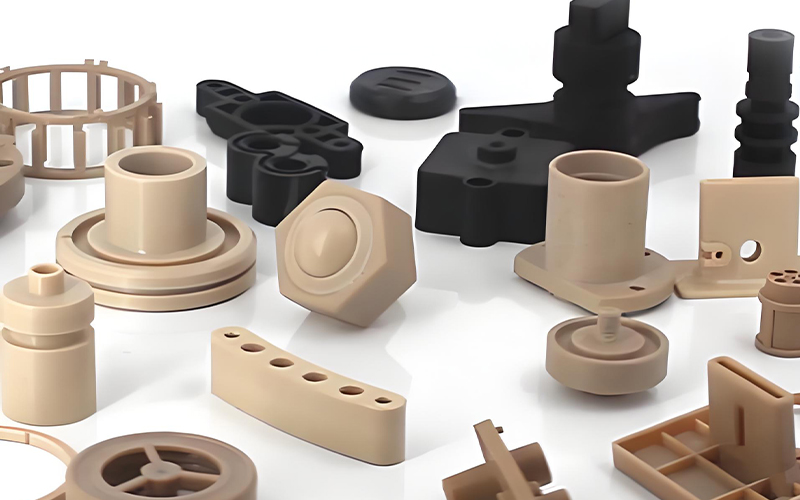
Diverse Plastic Parts Production
Plastic injection molding enables the production of an incredibly diverse range of parts, from small precision components to large structural elements, all with consistent quality and repeatability.
Design for Plastic Injection Molding Checklist
Common Defects in Plastic Injection Molding
Advantages of Plastic Injection Molding for Part Production
- High production efficiency and repeatability
- Complex geometries with tight tolerances
- Reduced material waste compared to other processes
- Ability to incorporate multiple materials and colors
- Automation capabilities for consistent quality
- Lower labor costs for high-volume production runs
Injection Molding Machines
The heart of the plastic injection molding process is the injection molding machine, which transforms raw plastic materials into finished plastic parts through precise control of temperature, pressure, and timing. Modern injection molding machine and injection molding machines combine advanced hydraulics, electronics, and software to deliver consistent, high-quality results.
Components of an Injection Molding Machine
Every injection molding machine consists of several key components working together to perform the plastic injection molding process:
1 Injection Unit
Responsible for melting and delivering plastic material. This includes the hopper where plastic pellets are loaded, the barrel with heating elements, and the reciprocating screw that melts and conveys the plastic during plastic injection molding.
2 Clamping Unit
Holds the mold securely during plastic injection molding. It provides the clamping force necessary to keep the mold closed against the injection pressure, measured in tons. The clamping unit also opens and closes the mold for part ejection.
3 Control System
The brain of the injection molding machine, featuring advanced software to precisely control all parameters of the plastic injection molding process, including temperature, pressure, speed, and timing for consistent results.
4 Hydraulic or Electric Drive System
Provides the power to operate the injection and clamping units. Modern machines use either hydraulic systems, electric servo motors, or hybrid systems, each offering specific advantages for different plastic injection molding applications.
5 Mold
Though technically a separate component, the mold is critical to the plastic injection molding process. Custom-designed for each part, the mold contains the cavity that shapes the molten plastic into the desired plastic parts.
Types of Injection Molding Machines
Machines are categorized based on their drive systems, clamping mechanisms, and intended applications in plastic injection molding:
Hydraulic Injection Molding Machines
Traditional design using hydraulic power for both injection and clamping. Known for high clamping forces and lower initial cost, suitable for large parts and high-volume plastic injection molding production.
Electric Injection Molding Machines
Utilize servo motors for precise control, offering energy efficiency, faster cycle times, and cleaner operation. Ideal for precision plastic injection molding applications requiring tight tolerances and consistent quality.
Hybrid Injection Molding Machines
Combine the best features of hydraulic and electric machines, using electric power for injection and hydraulic power for clamping. Offer a balance of performance, precision, and cost-effectiveness for various plastic injection molding applications.
Micro Injection Molding Machines
Specialized equipment for producing tiny, high-precision components with extremely tight tolerances, commonly used in medical and electronics plastic injection molding applications.
The Plastic Injection Molding Process Cycle
Each machine performs a repeatable cycle consisting of several stages:
- Plastic material is fed into the hopper and conveyed through the heated barrel
- Screw rotation melts and compresses the plastic (plasticating)
- Molten plastic is injected into the mold cavity under high pressure
- Pressure is maintained to compensate for material shrinkage (packing/holding)
- Plastic cools and solidifies in the mold
- Mold opens and the finished part is ejected
- Mold closes, completing the cycle and preparing for the next shot
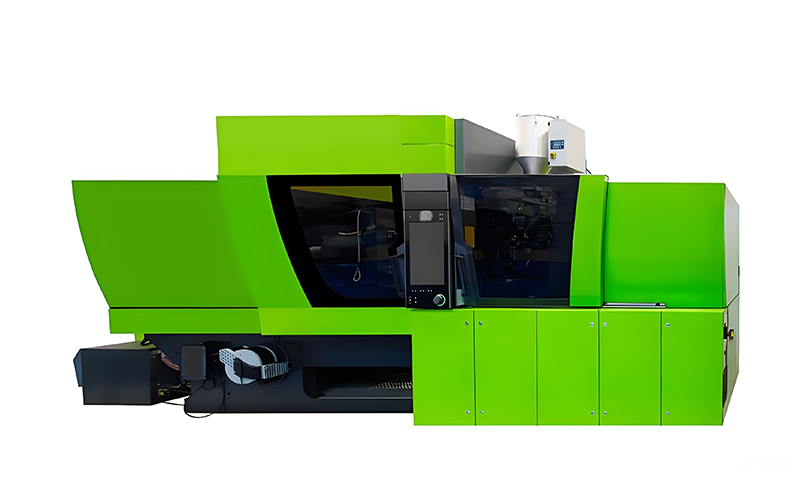
Modern Injection Molding Machines
Advanced injection molding machines incorporate computerized controls and precise hydraulics or electric drives to maintain strict process parameters, ensuring consistent quality in plastic injection molding production.
Plastic Injection Molding Machine Sizing Guide
Clamping Force Requirements
Shot Size Capacity
Barrel Diameter
Cycle Time Range
Machine Selection Factors for Plastic Injection Molding
Maintenance Considerations for Injection Molding Machines
Proper maintenance ensures consistent performance and extends machine life:
- Regular cleaning of the hopper and screw
- Lubrication of moving parts according to schedule
- Calibration of temperature controls and pressure sensors
- Inspection and replacement of wear components
- Hydraulic fluid analysis and replacement
- Software updates for control systems
The Complete Plastic Injection Molding Process Flow
Material Selection & Preparation
The process begins with selecting the appropriate plastic resin based on part requirements. Materials are inspected, dried if necessary, and prepared for plastic injection molding to ensure optimal flow and final properties.
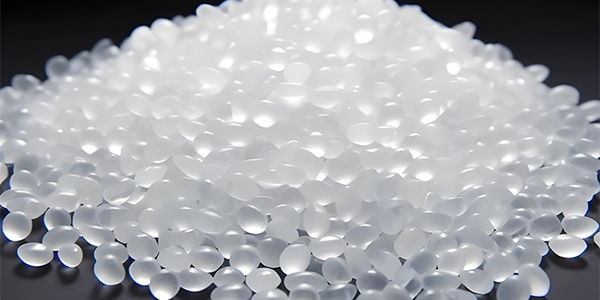
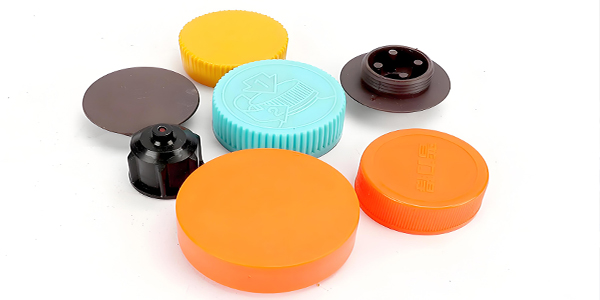
Plasticating & Injection
Plastic pellets are fed into the machine's barrel, where they are melted by heat and mechanical shear. The molten plastic is then injected into the mold cavity under precise pressure and speed control during the plastic injection molding process.
Packing, Cooling & Ejection
Pressure is maintained to pack additional material into the mold as plastic cools and shrinks. After sufficient cooling time, the mold opens and plastic parts are ejected. The mold then closes, completing the plastic injection molding cycle.
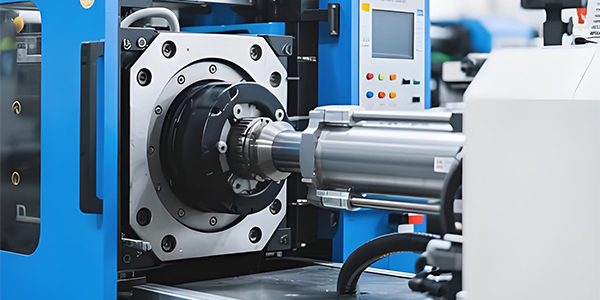
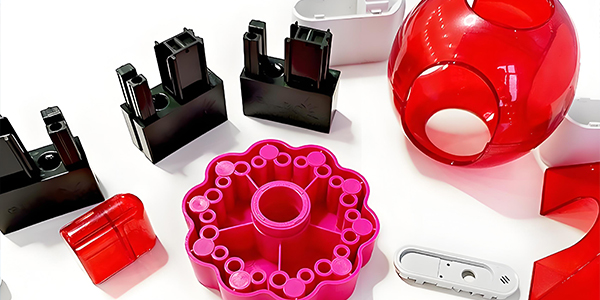
Finishing & Quality Control
Ejected plastic parts may undergo secondary operations like trimming, assembly, or surface treatment. Rigorous quality control ensures each part meets specifications before moving to packaging or further processing after plastic injection molding.
Future Trends in Plastic Injection Molding
Sustainable Materials
The industry is moving toward increased use of recycled materials and bioplastics in plastic injection molding, reducing environmental impact while maintaining performance in plastic parts production.Electronic shelf labels.
Smart Manufacturing
Industry 4.0 technologies are being integrated into injection molding machines, enabling real-time monitoring, predictive maintenance, and process optimization for more efficient plastic injection molding.
Advanced Design
Generative design and AI-driven optimization are revolutionizing plastic parts development, creating more efficient geometries that leverage the full capabilities of plastic injection molding.Related Hydraulic Spare Parts.